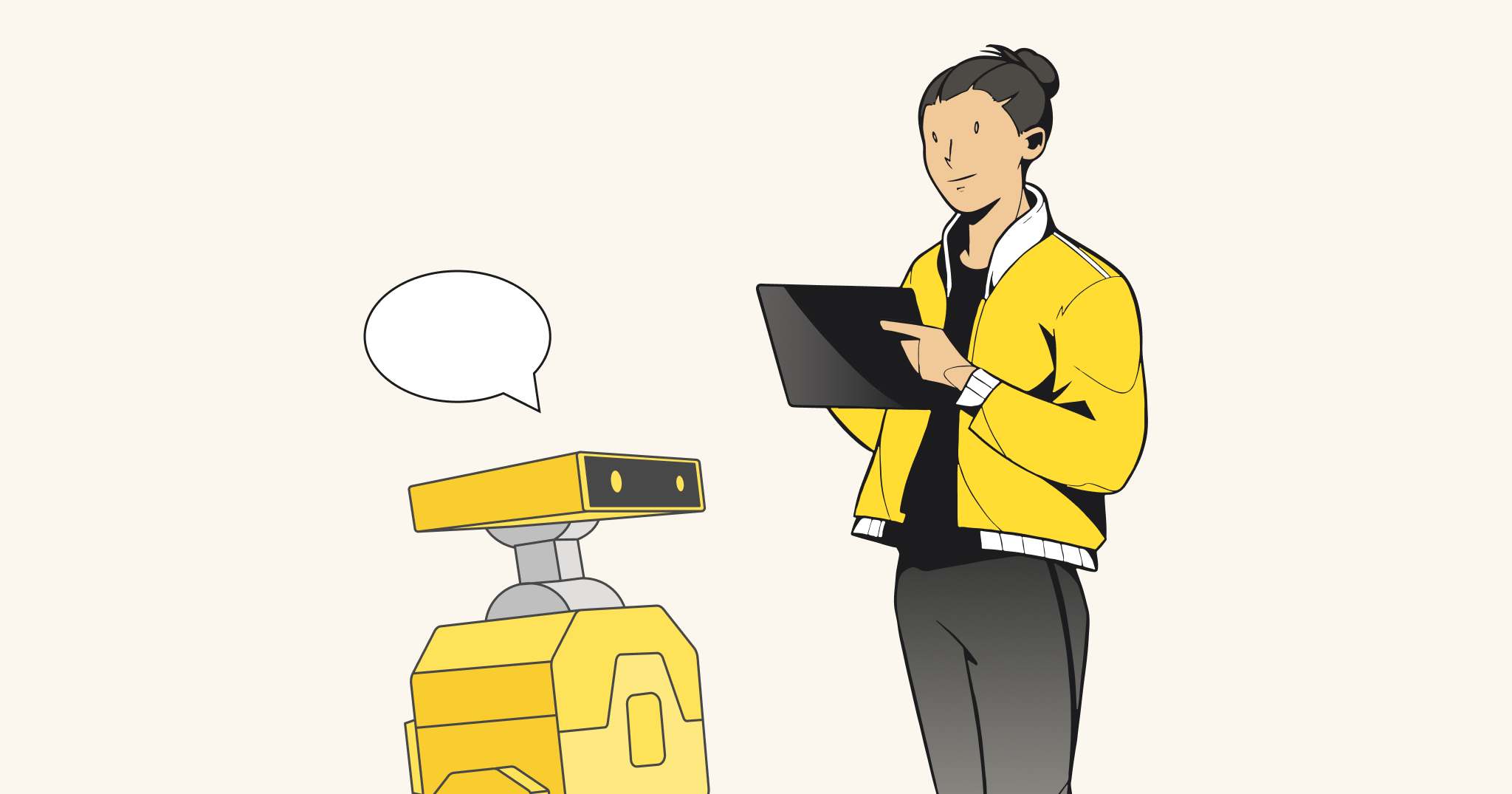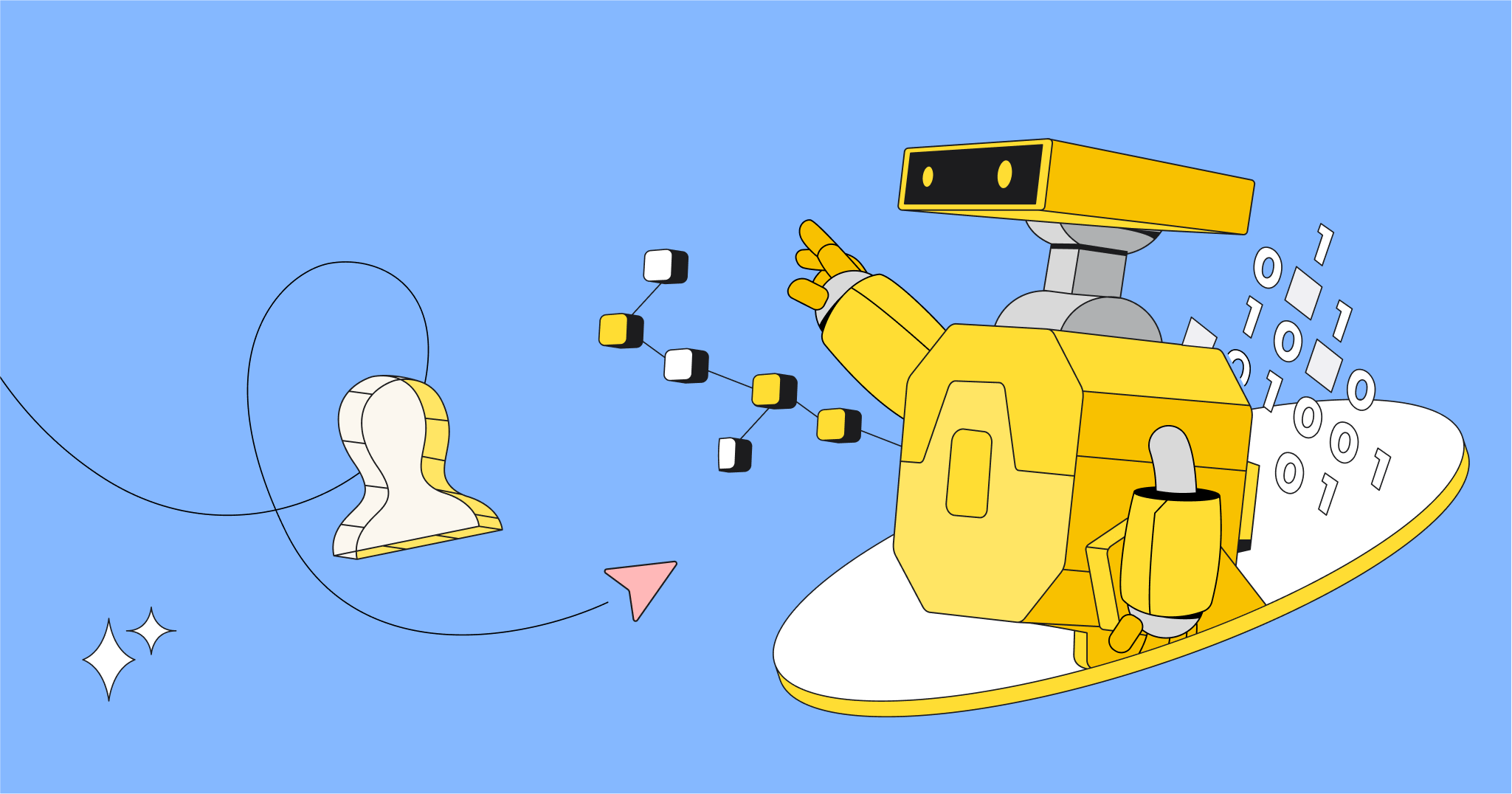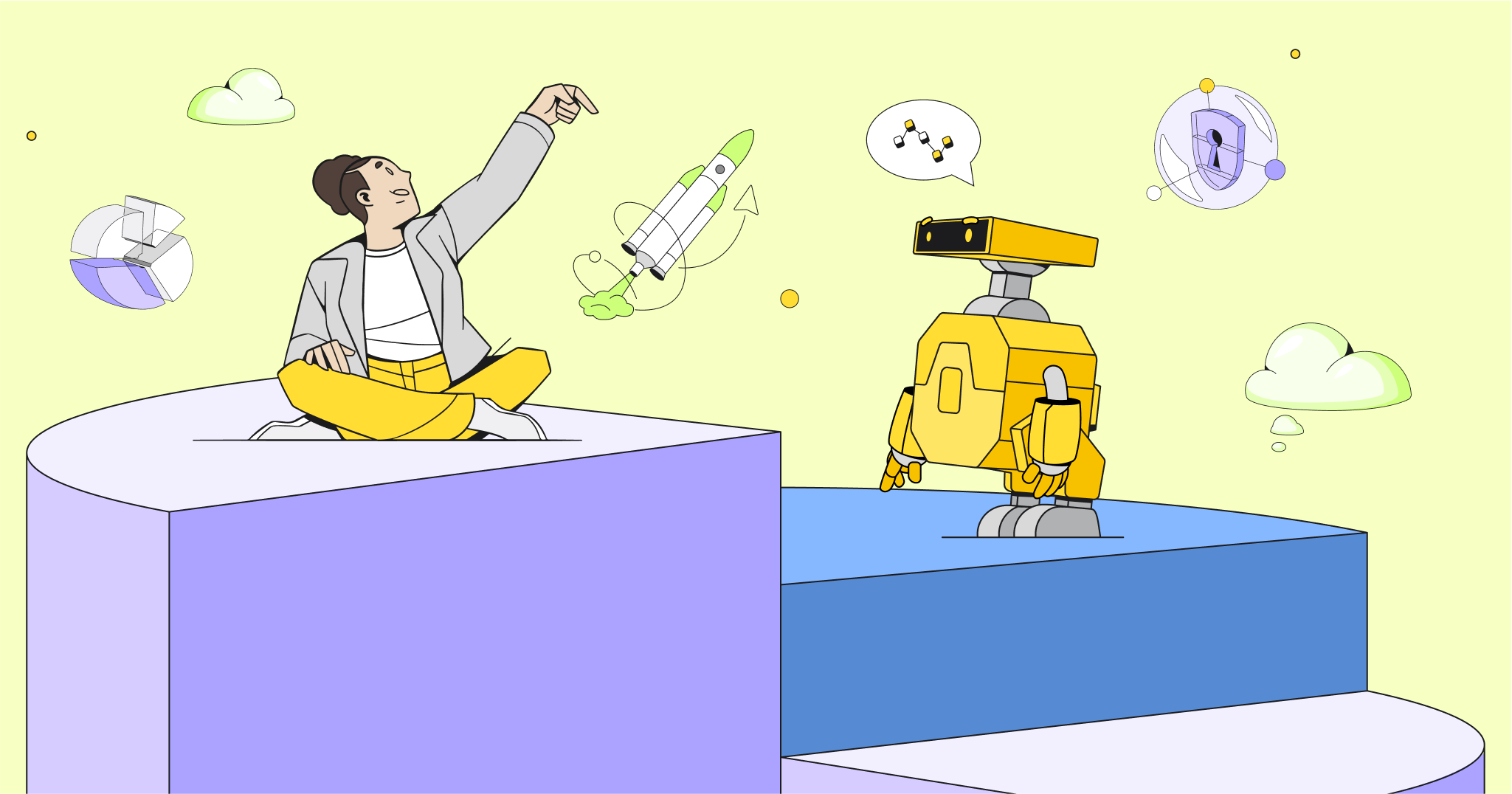Design thinking has always been about understanding human needs to create innovative solutions. With AI deepening that understanding, sparking greater creativity, and fostering global collaboration, we’re entering a new era of design thinking — one where technology and human ingenuity come together to solve our biggest challenges.
This is revolutionary in how we innovate. Beyond simply automating tasks, AI is amplifying our human capabilities. Embracing and leading the charge is Magnetic, a design and innovation company that’s proving how the power of AI can transform design thinking. By weaving AI into their processes, they’re uncovering deeper insights, accelerating workflows, and creating groundbreaking solutions that remain deeply human.
In this article, we’ll explore Magnetic’s innovative approach through conversations with Managing Consultant Jen Jeng and Design Consultant Oli Bullock, revealing the practical strategies and real-world examples they use to achieve extraordinary results.
What is AI-powered design thinking?
Design thinking — emphasizing empathy, creativity, and iteration — provides the perfect process for integrating AI into innovation. Let’s explore how AI enhances each stage of the double-diamond design thinking process:
Discover and Define (empathize and insight )
Traditionally, the discovery stage involves extensive user research through interviews, surveys, and observations.
“We do a lot of user interviews,” Jen said. “The way we treat AI is similar to how we approach these conversations — you ask good questions, get responses, refine your questions, and gradually uncover interesting insights. AI amalgamates information from many sources and surfaces things we might not have known.”
When faced with tight deadlines and extensive research, AI becomes invaluable.
“On a recent project, we had to set up and organize 15 one-hour interviews, then analyze within a two-week period with very limited resources,” Jen recalled. “Using AI to sift through transcripts, we quickly identified pain points and keywords. This freed us up to spend more time interrogating whether these were true pain points with our client — that’s where the real value lies.”
This also gave Magnetic’s client more time to interpret the insights that emerged and define the right problem to solve, which is critical in designing the right solutions later.
Design (ideate and prototype)
In the define stage, AI can act as a powerful brainstorming partner, generating ideas and pushing creative boundaries.
Magnetic uses “How Might We” (HMW) statements to start the ideating process. Crafting the right HMW takes some practice and can be daunting for some. “We use [Miro AI HMW generator] as a catalyst, not a creator,” Oli said. “It helps us work alongside teams who might not be as comfortable writing clear statements, accelerating the process while maintaining human insight.”
“With mind mapping, AI helps us think divergently very quickly,” Jen said. “For example, when exploring how to improve shopper communications to drive store traffic, Miro AI-powered mind mapping instantly generates different directions — communication channels, employee roles, target audiences. What would take us significant time happens in seconds.”
The key is using AI to enhance, rather than replace human creativity, Oli added.
After the ideation stage, the best solutions are selected and prioritized, and Magnetic starts the prototyping process. Here, the use of AI can accelerate the visualization of ideas.
“For someone who’s not an expert illustrator, tools like Midjourney are incredibly helpful,” Oli said. “We’re very much a visual company, especially in storytelling and presenting. There’s always a point where we want to show rather than tell, and AI can help us bring our concepts to life quickly.”
Magnetic is also among the early adopters of prototyping capabilities within the Innovation Workspace, Miro’s AI-powered platform that helps teams quickly move from ideation to execution. By using Miro AI, Magnetic can quickly transform ideas into interactive prototypes, further streamlining their design process and enhancing their ability to visualize concepts for clients.
Deliver (test and implement)
While AI excels at speeding up the early stages of the innovation cycle, the delivery phase remains deeply human.
“You never know what’s going to happen until the tire hits the road,” Jen said. “ChatGPT can’t predict if someone will actually pay for a service. That requires real-world testing and human feedback.”
Balancing efficiency with empathy
Magnetic maintains a careful balance between AI’s capabilities and human insight. A key aspect of this approach is refraining from using AI to generate synthetic personas.
“Human behaviors are too nuanced and unpredictable,” Jen said. “We use AI to provide context, but our actual interviews are always with real people.”
This commitment to human-centered design extends to Magnetic’s entire process.
“Sometimes we get caught up in using AI just because it’s new,” Oli added. “Recently, I spent 15 minutes crafting prompts for an image when I could have drawn it in seconds. It’s about using the right tool at the right time.”
Practical insights for organizations
For organizations looking to integrate AI into their design thinking workflows, Magnetic’s experience offers a roadmap. While the promise of speed and efficiency is compelling, successful adoption requires a thoughtful approach that balances technology with human creativity.
Start small and pilot tools
Adopting AI can feel overwhelming, but starting with small, manageable projects is key. Experimenting with one or two tools allows teams to understand their capabilities and identify where they fit best.
“You can try as many as you want, as long as you’re starting small and you pilot it,” Oli said. “There’s no point in being like ‘we need to adopt AI’ — let’s just try one or two things.”
Choose the right tools for the task
Not all AI tools are created equal, and their effectiveness depends on how and where they’re applied. And AI isn’t always the answer, Jen added. Sometimes the simpler approach, like just drawing something, is better than spending too long coming up with the right prompts.
Invest in training and patience
While AI tools promise ease of use, maximizing their potential requires a certain level of skill. “Many AI tools are marketed as ‘easy to use,’” Oli said. “But to truly make them effective in a business setting, you need to invest in proper training. It’s fun to experiment, but without the right knowledge, AI might not be that useful when applied to real projects.”
“Have patience,” Jen added. “New tools and ways of working always take time. Have patience with yourself, learning a new tool, and then patience with the organization to have a different way of working.”
Keep it human-centered
Despite its potential to transform workflows, AI should never overshadow the human elements of creativity, empathy, and judgment.
“At the end of the day, AI is just a tool,” Jen said. “The ways people think and behave are intricate and often difficult to fully anticipate and capture. No algorithm can entirely replicate that.”
The future of AI in design thinking
Looking ahead, AI will dramatically compress the early stages of innovation while the human elements remain essential.
“The first phases will be shortened because iteration is so fast,” Jen predicted. “But delivery still takes time because you are validating your assumptions in the market. AI can’t always predict human behavior and preferences.”
Oli envisions AI becoming a comprehensive auditor.
“It could trace everything back to original insights, flag when we haven’t considered certain perspectives, or highlight accessibility issues we might have missed. It’s about helping us be more thorough and inclusive,” he said.
Ultimately, AI’s role in design thinking isn’t about replacing human creativity but enhancing our ability to understand and solve complex challenges. As Magnetic demonstrates, when AI accelerates the mechanical aspects of innovation, teams can focus more deeply on what matters most: creating solutions that truly resonate with human needs and experiences.
For organizations looking to follow Magnetic’s lead, the path forward is clear: start small, choose tools thoughtfully, and maintain patience through the learning curve. And as Jen advised, have compassion — this is a new tool and a new way of working. By maintaining this balanced approach, teams can harness AI’s power while preserving the human connections that drive meaningful innovation.




